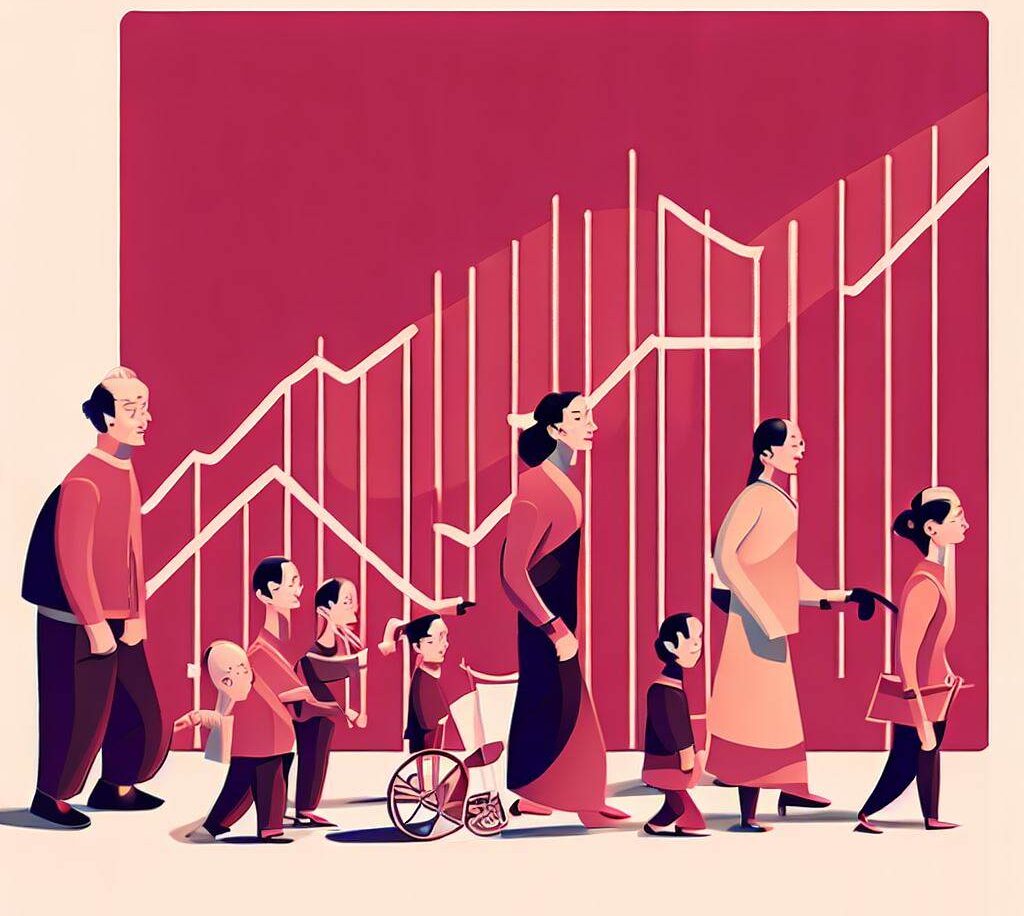Women’s Rights in China

Women’s Rights in China
The establishment of the People’s Republic of China in 1949 marked a significant turning point in the advancement of women’s rights in the country. Guided by the principles of socialism, the Chinese government has implemented policies and reforms aimed at promoting gender equality, empowering women, and transforming traditional gender roles. This article examines the journey of women’s rights in China since 1949, highlighting key milestones, challenges, and the progress achieved.
- Legal Reforms and Gender Equality
One of the first steps towards women’s rights in China was the introduction of legal reforms. The Marriage Law of 1950 abolished arranged marriages, dowries, and concubinage, granting women the right to choose their partners freely. The law also established the principle of gender equality within marriage, emphasizing mutual respect and shared responsibilities. Subsequent legal reforms provided equal rights in divorce, inheritance, and property ownership, ensuring greater economic independence for women. - Access to Education
Education has played a pivotal role in empowering women in China. Since 1949, the government has made significant efforts to eliminate gender disparities in education. Mandatory primary education for both girls and boys was established, followed by the expansion of secondary and higher education opportunities. Today, women comprise a significant portion of university students in China, breaking traditional barriers and contributing to their economic and social mobility. - Women in the Workforce
China has witnessed remarkable progress in women’s participation in the workforce. Under the leadership of the Chinese Communist Party, policies were implemented to encourage women to enter various professions and industries. Women were actively encouraged to contribute to the nation’s development, and quotas were established to increase female representation in leadership positions. This resulted in a significant rise in women’s labor force participation and improved access to job opportunities, narrowing the gender gap in employment. - Reproductive Rights and Healthcare
The Chinese government has also prioritized women’s reproductive rights and healthcare. In the 1950s, comprehensive family planning policies were introduced to address overpopulation concerns, including the famous “One-Child Policy” implemented from 1979 to 2015. While controversial, the policy aimed to improve women’s reproductive health and economic well-being by controlling population growth. In recent years, the government has shifted towards a more relaxed family planning approach, promoting reproductive rights and ensuring access to quality healthcare services for women. - Combating Gender-Based Violence
China has taken steps to combat gender-based violence and protect women’s rights. The Law on the Protection of Women’s Rights and Interests (1992) and the Anti-Domestic Violence Law (2015) were enacted to prevent and address violence against women. These laws provided legal protections, established support mechanisms for survivors, and raised public awareness about the issue. Efforts have also been made to combat human trafficking and strengthen legal measures against gender-based violence.

Challenges and Future Directions
Despite the significant progress made in women’s rights, challenges remain. Traditional gender norms and cultural expectations continue to influence societal attitudes, leading to persistent gender inequalities. Issues such as the gender wage gap, underrepresentation of women in leadership positions, and the burden of unpaid domestic work persist.
To address these challenges and further promote women’s rights, ongoing efforts are essential. This includes:
- Continuing Legal Reforms
Strengthening and enforcing existing laws to ensure comprehensive protection of women’s rights, including equal pay, anti-discrimination measures, and stronger penalties for gender-based violence. - Promoting Gender Equality in Leadership
Encouraging greater representation of women in decision-making roles across all sectors, including politics, business, and public institutions. - Tackling Gender Stereotypes
Challenging and transforming societal norms and stereotypes that perpetuate gender inequality. This can be achieved through education, awareness campaigns, and promoting positive role models that challenge traditional gender roles. - Enhancing Work-Life Balance
Implementing policies and initiatives that support work-life balance for both women and men. This includes promoting flexible work arrangements, affordable childcare facilities, and parental leave policies that encourage men’s involvement in caregiving responsibilities. - Addressing Rural-Urban Disparities
Focusing on narrowing the gender gap in rural areas by improving access to education, healthcare, and economic opportunities. Efforts should be made to provide training and resources to empower rural women and enhance their participation in decision-making processes. - Strengthening Support Systems
Ensuring comprehensive support systems for survivors of gender-based violence, including shelters, helplines, and counseling services. Increasing public awareness and conducting educational programs to prevent violence and promote healthy relationships. - International Collaboration
Engaging in international collaborations and exchanging best practices to further women’s rights. Learning from successful models implemented in other countries can provide valuable insights and strategies for continuous improvement.
Since 1949, China has made significant strides in advancing women’s rights, promoting gender equality, and empowering women in various aspects of society. Legal reforms, access to education, increased workforce participation, and efforts to address reproductive rights and healthcare have transformed the lives of Chinese women. However, challenges such as gender stereotypes, unequal representation, and persisting inequalities remain.
To build upon the progress made, ongoing efforts are necessary. By implementing further legal reforms, challenging gender norms, enhancing work-life balance, addressing rural-urban disparities, strengthening support systems, and collaborating internationally, China can continue to promote gender equality and empower women. By ensuring equal rights, opportunities, and representation, China can create a society where women can fully participate and contribute, thus realizing the vision of “empowering half the sky.”








